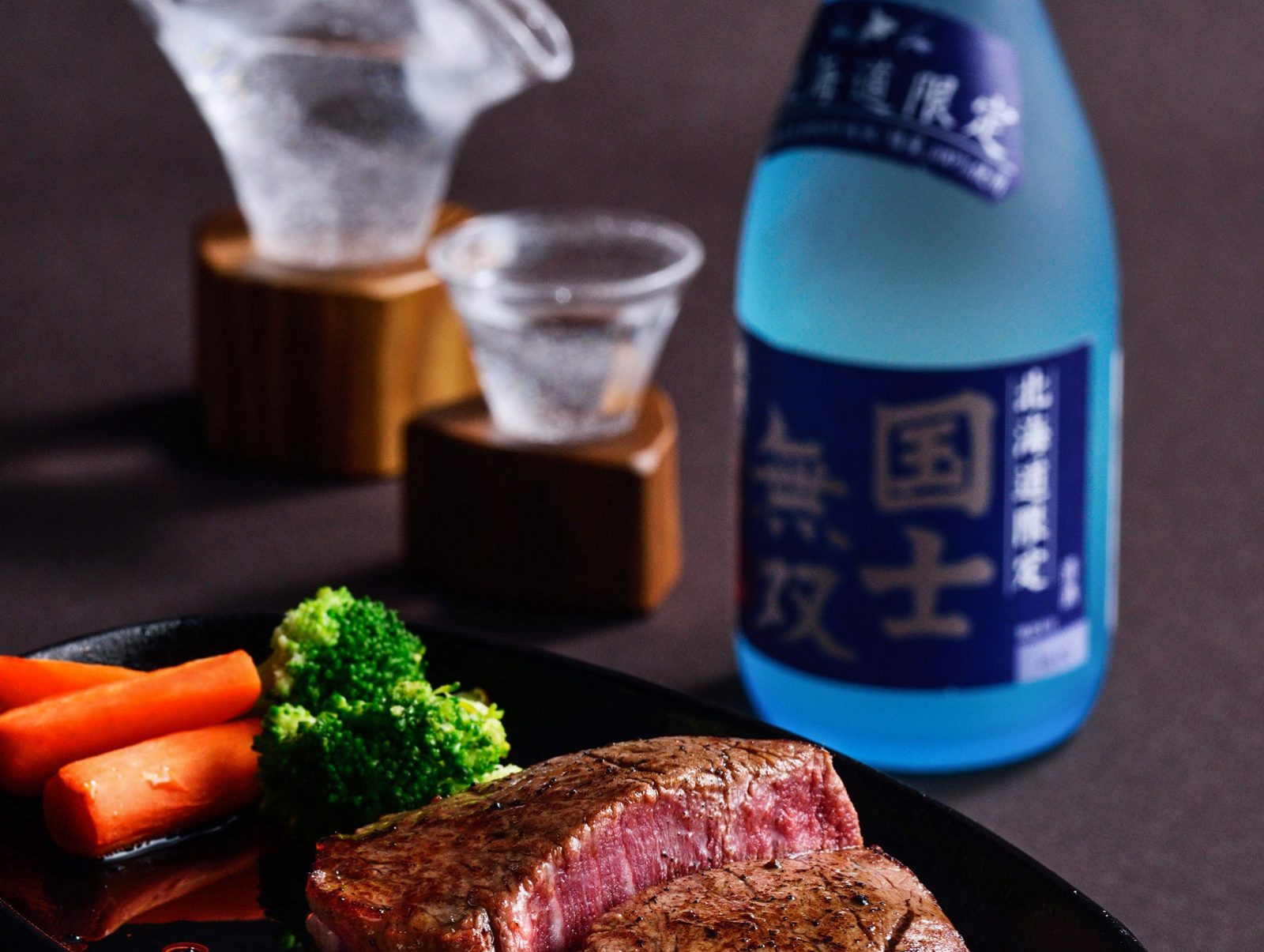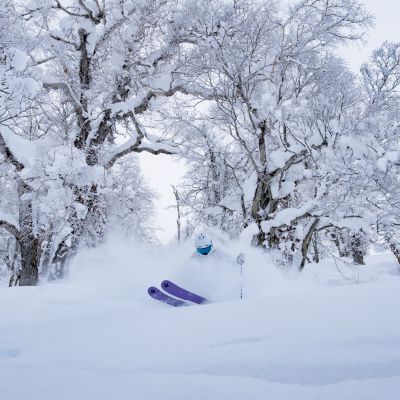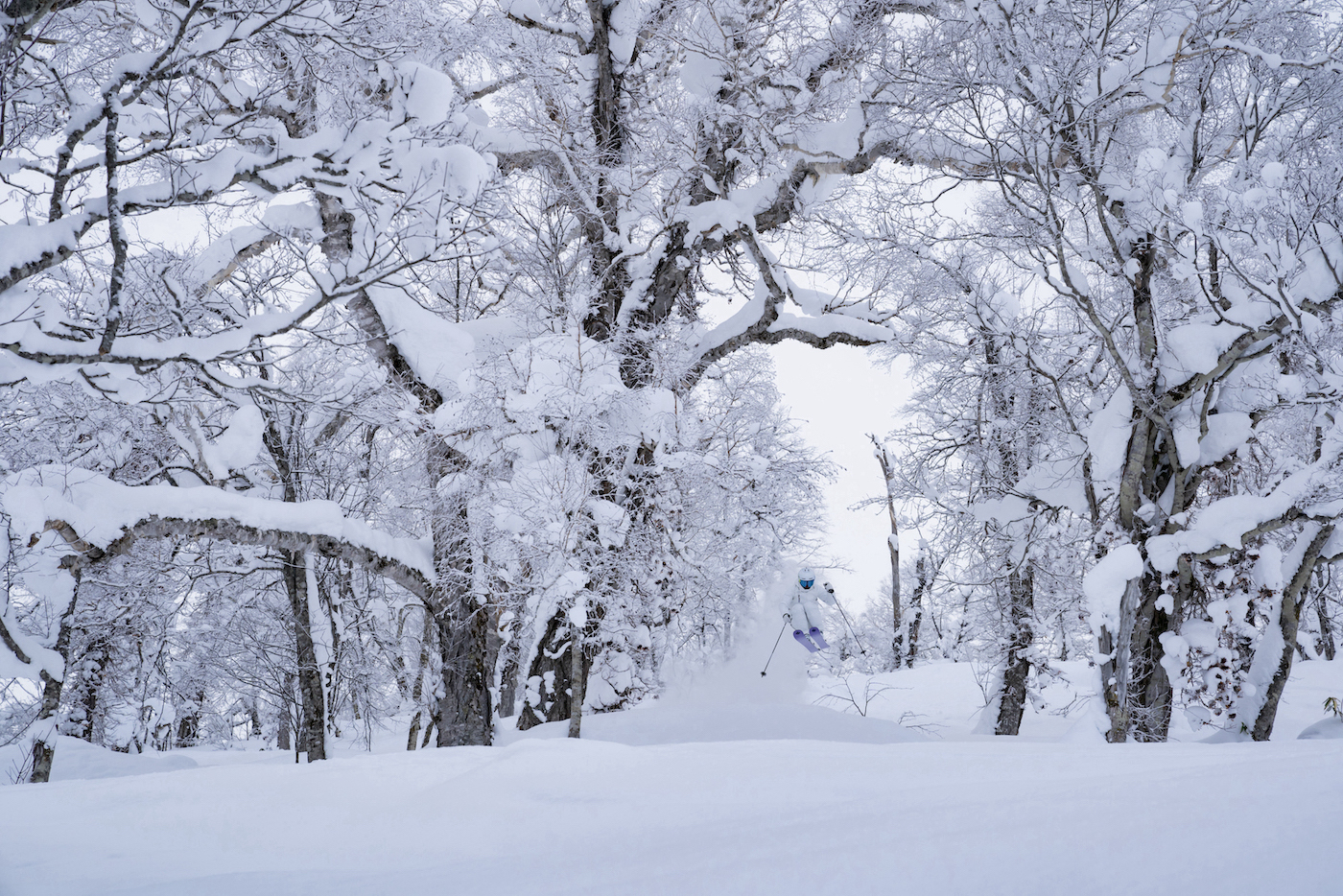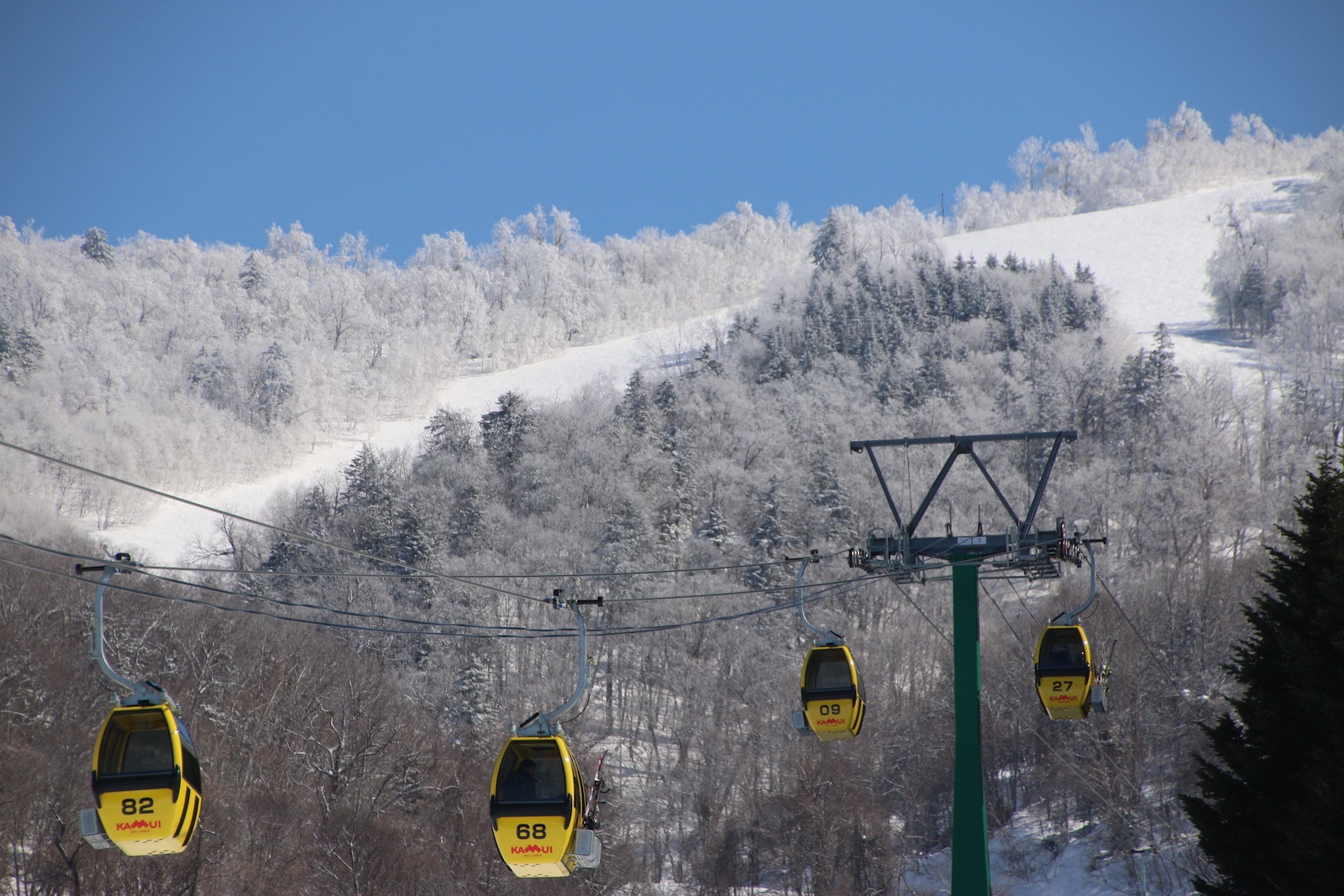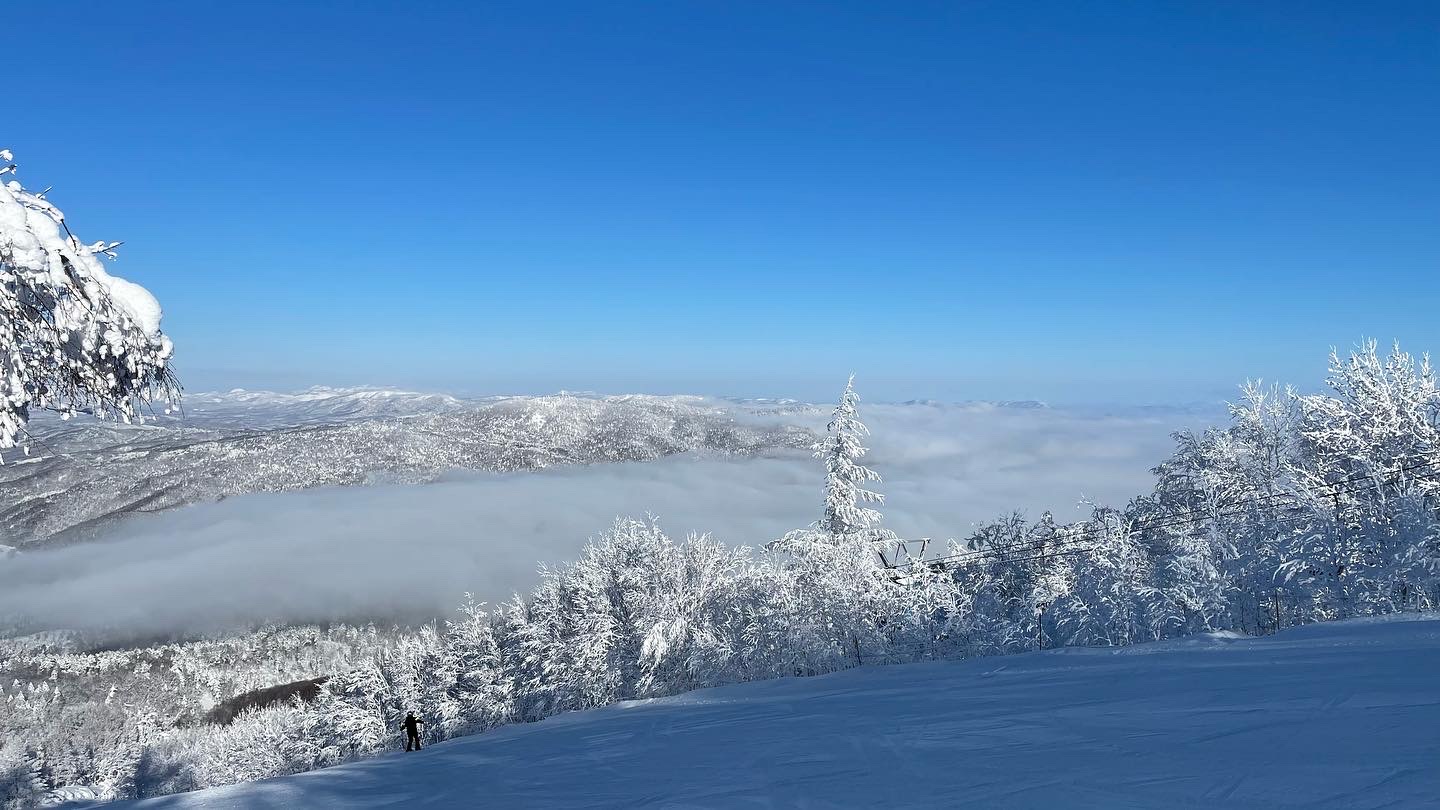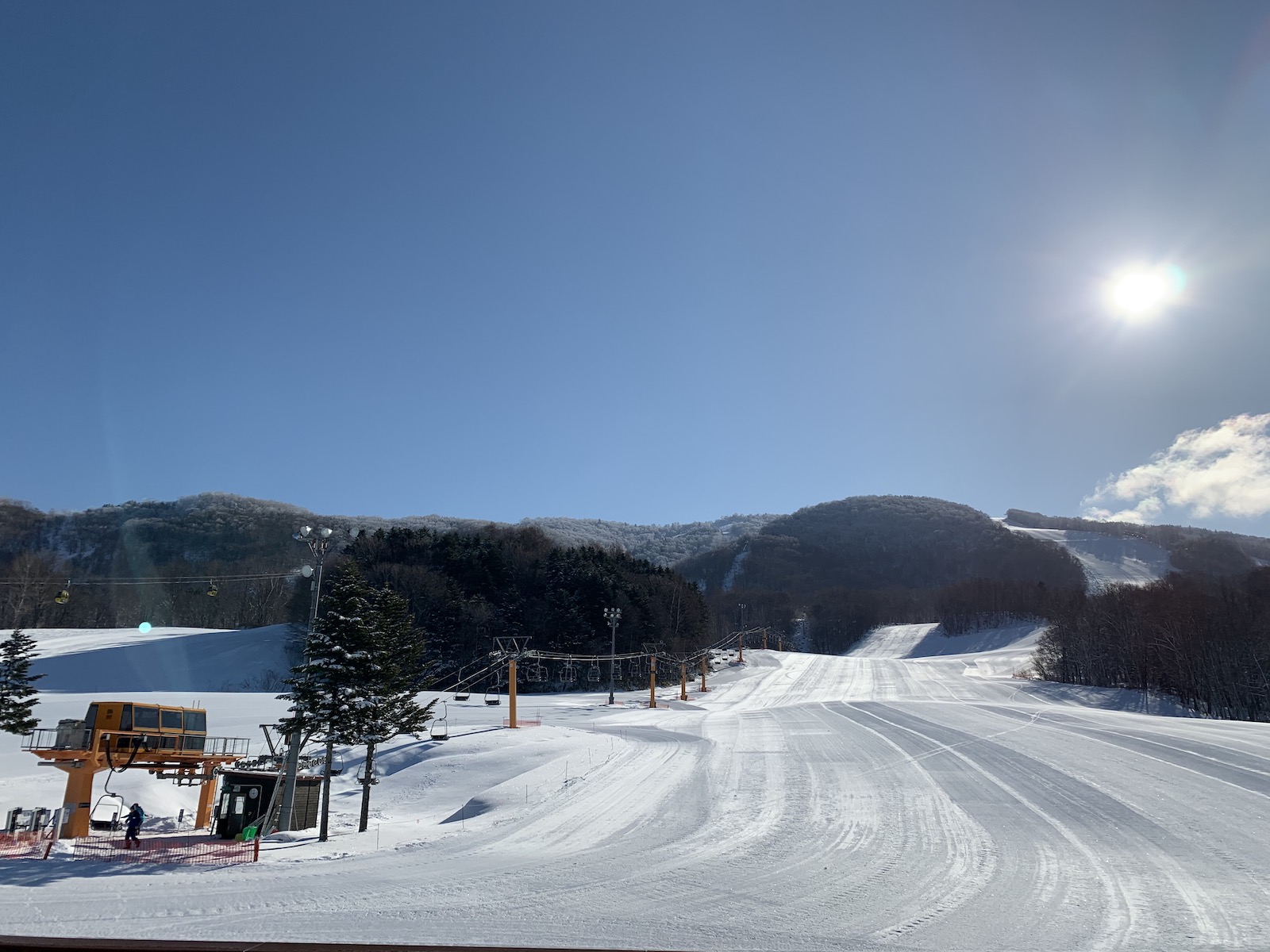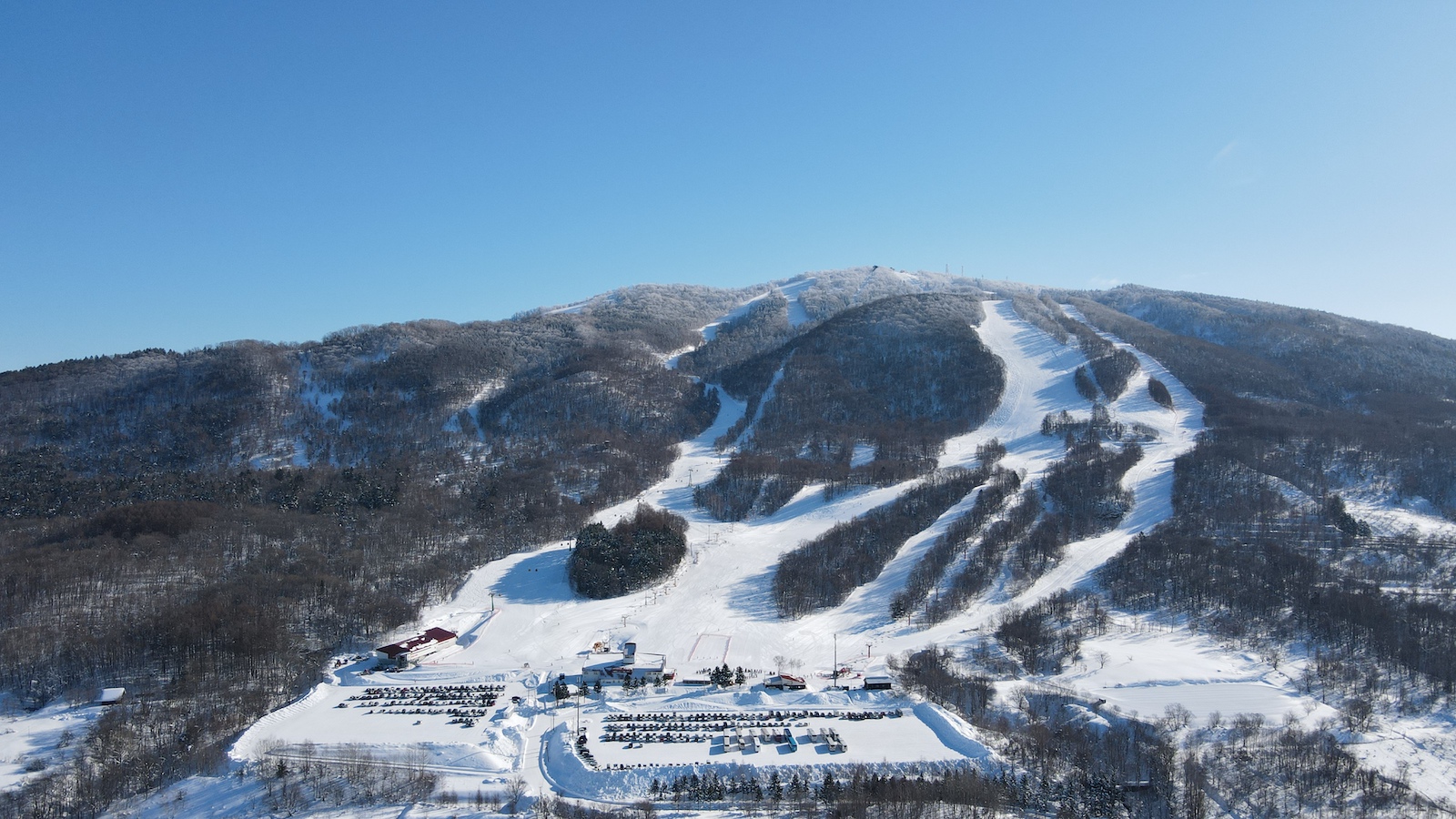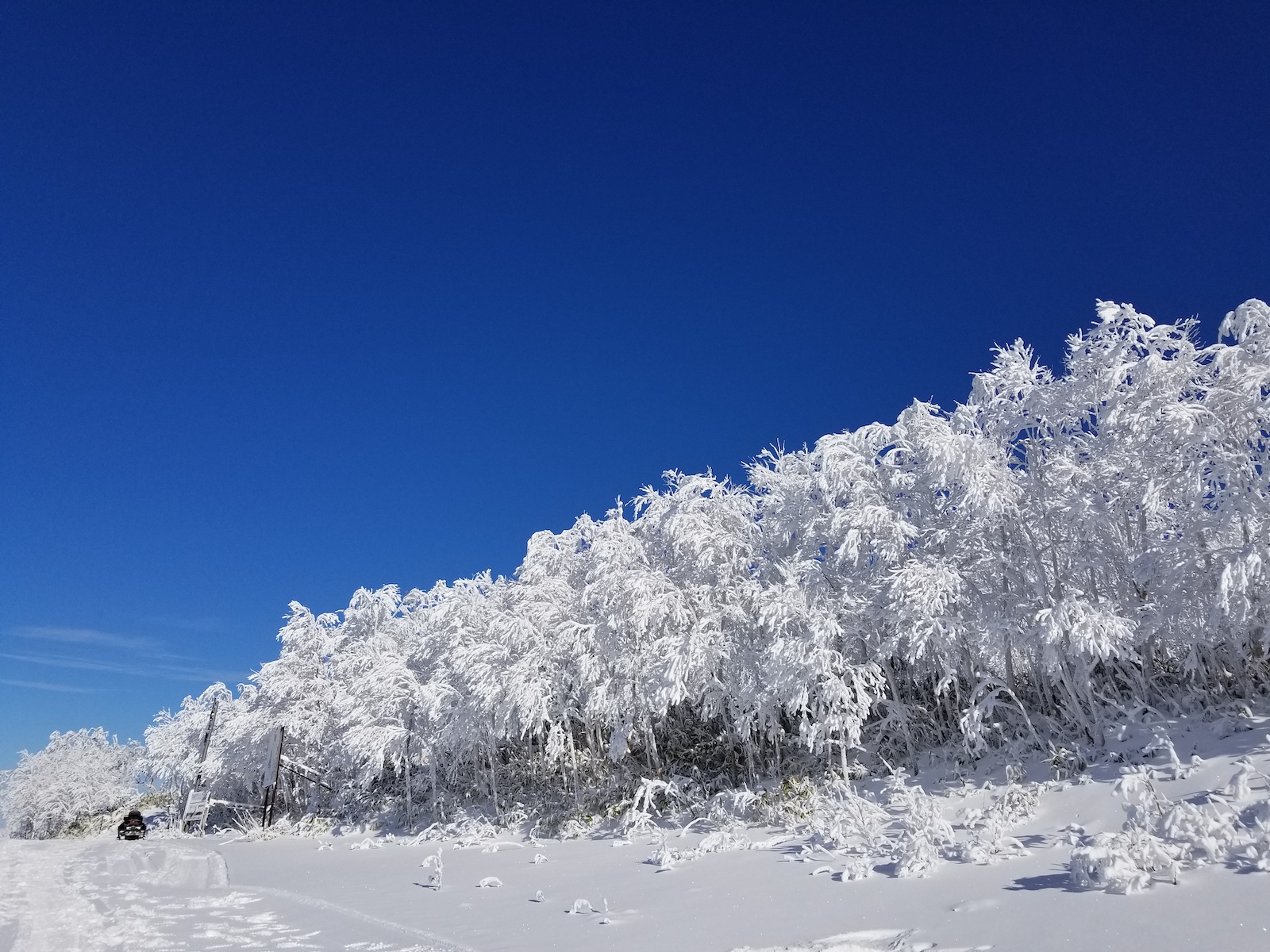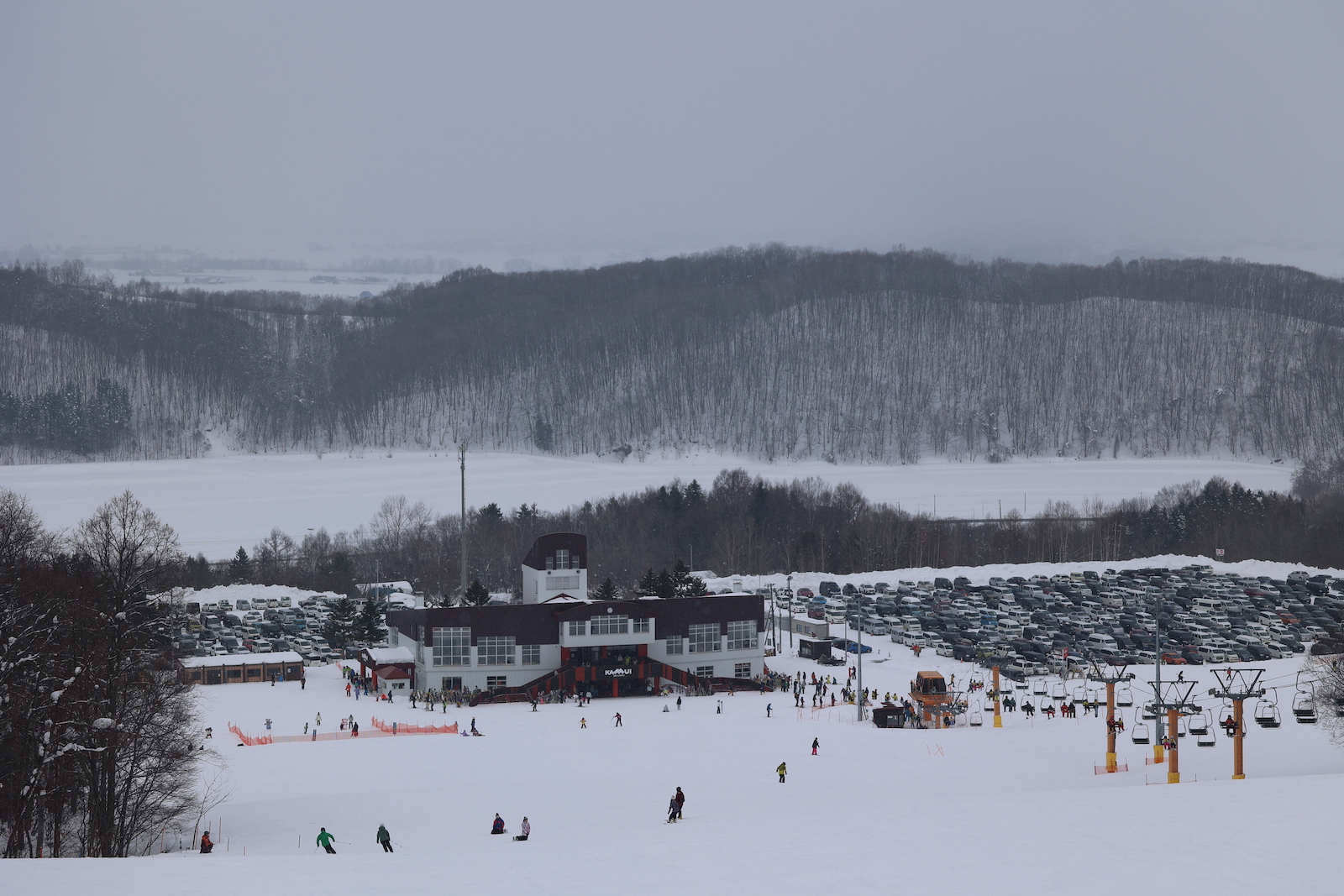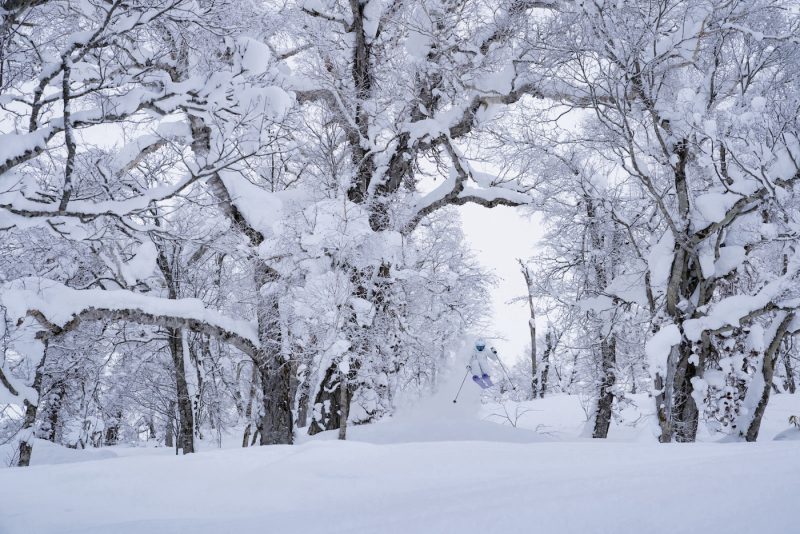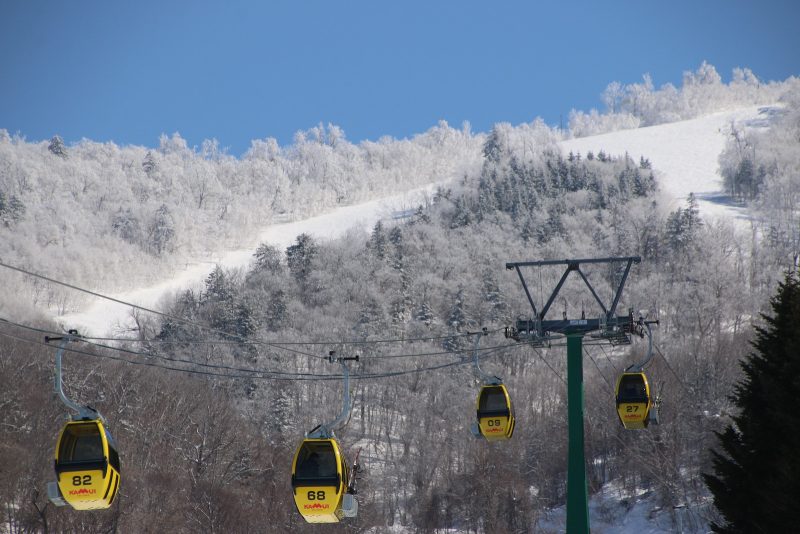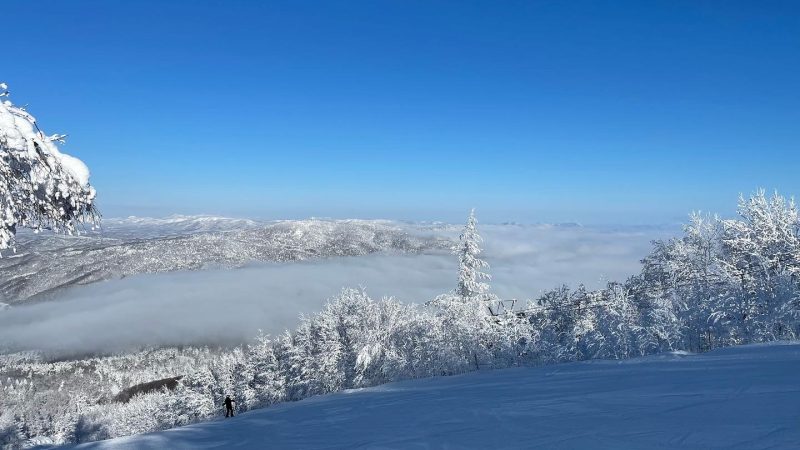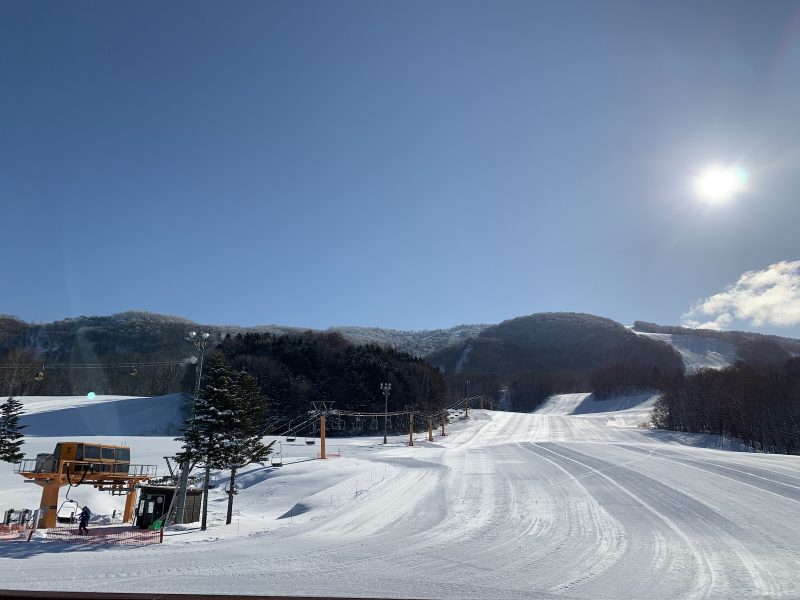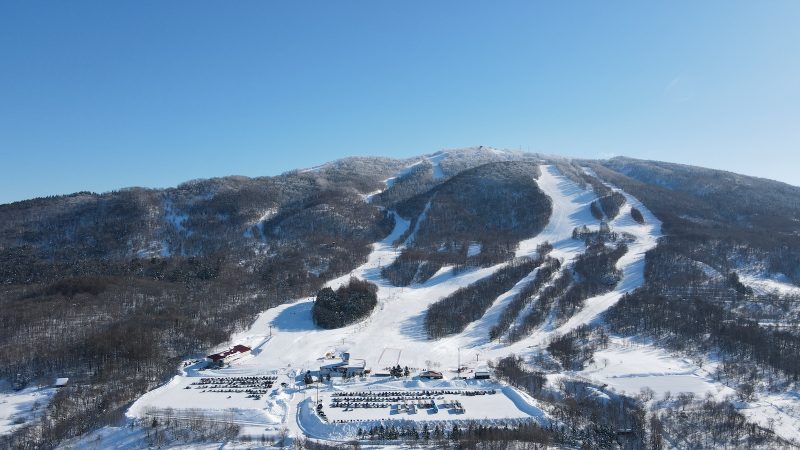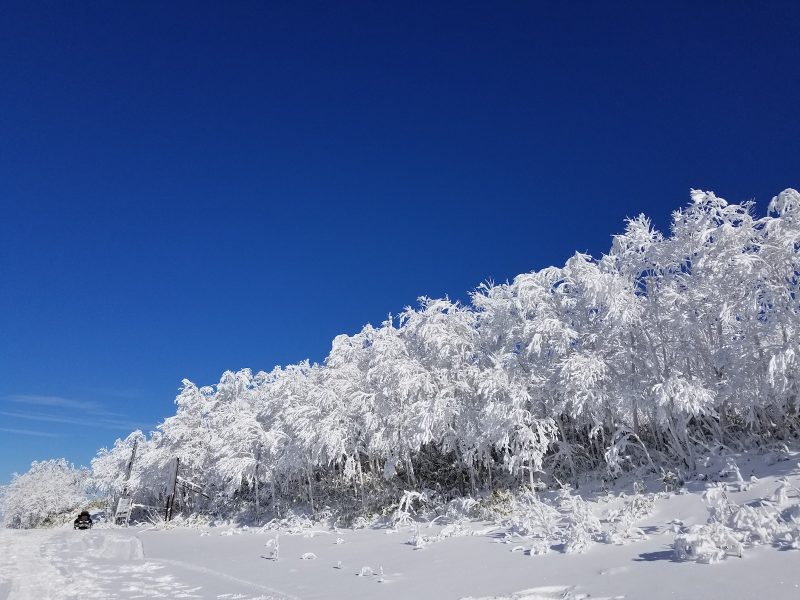Located nearly in the center of Hokkaido, Kamui Ski Links is Dohoku’s largest ski resort. Its silky smooth snow is unique even in Hokkaido, and once you try it, you’ll be hooked! Kamui Ski Links is home to the northernmost gondola in Japan, comparatively low-priced lift tickets, and plenty of post-skiing activities. Located about an hour and a half from Sapporo by car, it’s the perfect nearby getaway from the city. The famous Gold Course measures up to 150 meters at its widest point!
SKI&SNOW BOARD AREA
Kamui Ski Links
- Rentals
- School
- Beginners'
Slope - Expert Slope
- Ski
- Snowboard
- Paid
Shuttle Bus - Gondola
- Cashless
Payments
INFORMATION
| Address | 112 Kamuicho Nishioka Asahikawa, Hokkaido |
|---|---|
| Phone | 0166-72-2311 |
| Parking | 2,000 spaces (free) |
Kamui Ski Links
Recommended Transportation
Direct bus from Sapporo – Recommended
Take the bus from Sapporo for just ¥1,000 one way! It departs at 8:00 a.m. and reservations are required by 5:00 p.m. the night before.
Boarding location: ANA Crowne Plaza Hotel Sapporo Click for details
- 8:00 Sapporo Sta. About 2 hours
- 110:00 Asahikawa Kamui Ski Links
From Sapporo by JR
Easy, quick, plenty of trains, and other activities in addition to skiing
From JR Sapporo Station, the limited express Kamui, Lilac, Okhotsk, and Soya trains run approximately once an hour from 6:00 a.m. to 11:00 p.m.
- Sapporo Sta. About 85 min
- Asahikawa Kamui Ski Links
From Sapporo by car
Take the Hokkaido Expressway (105 km) to Fukagawa IC, then National Route 12 (15 km)
- Sapporo About 120 km (About 90 min.)
- Asahikawa Kamui Ski Links
From Asahikawa by car
Enjoy plenty of activities in addition to skiing
Take National Route 12 (20 km)
- Asahikawa About 20 km (About 30 min.)
- Asahikawa Kamui Ski Links
Kamui Ski Links
Recommended Area Spots
Asahiyama Zoo
Peek in from above, look up from below, and check out animals from the viewpoint of their prey. This zoo was launched as part of a movement to showcase animal habits in behavioral displays. Unlike the previously mainstream displays that merely showcased animals themselves, this type of display allows creatures to live according to their natural habits, creating a truly dynamic, living example of their habitats. There are also events that can only be seen during winter and nighttime hours, offering visitors the chance to get up close to the animals and learn more about them.
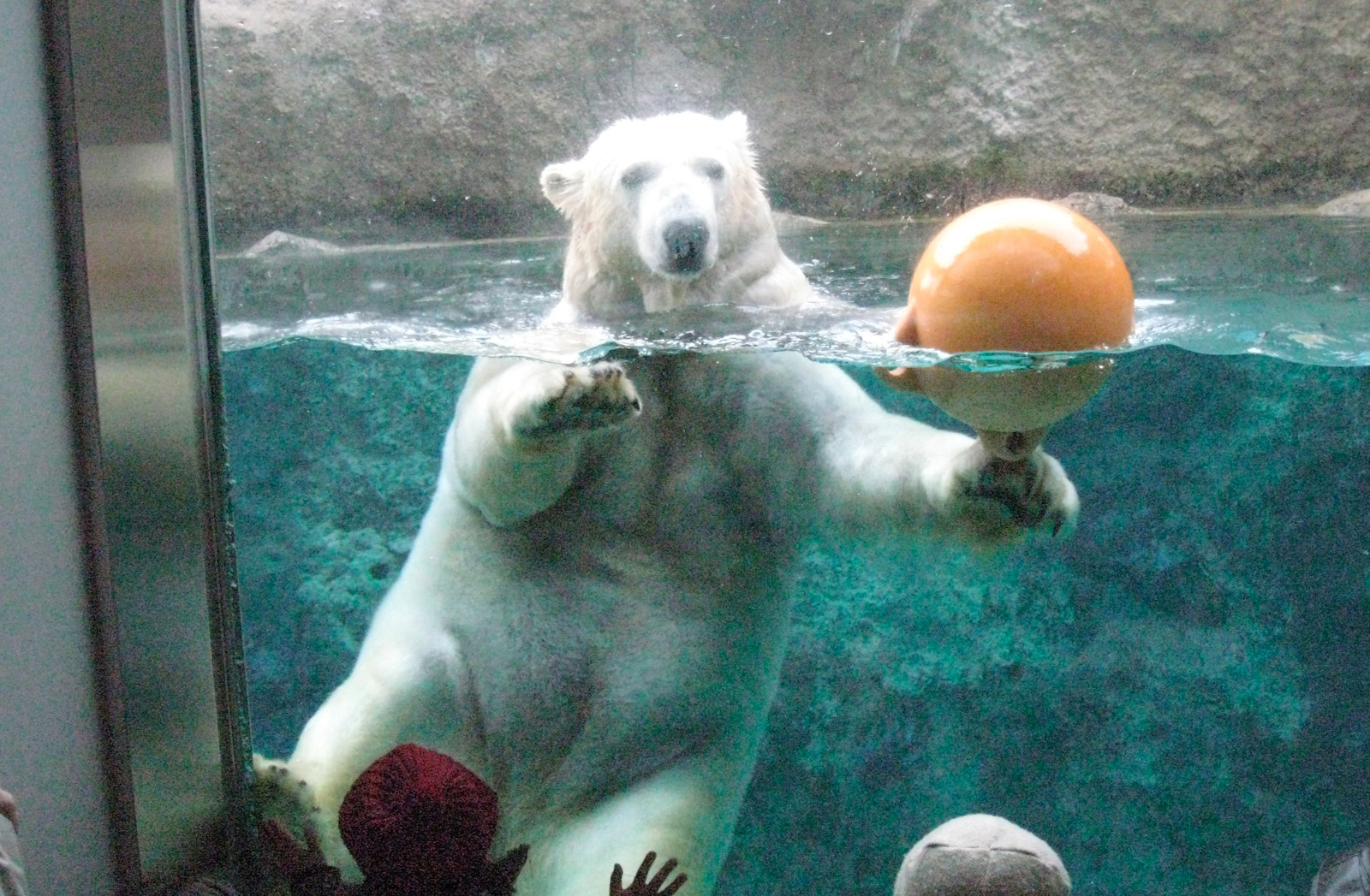
SKATING RINK
Enjoy skating at a variety of rinks, some free, and some that charge a fee. With many elementary and junior high schools in Hokkaido opening skating rinks on school grounds during winter, this is truly a familiar sport for locals. You can borrow skates and skate for free at Yukki Rink in the South Plaza at JR Asahikawa Station, making it a great spot for trying out ice skating while sightseeing.
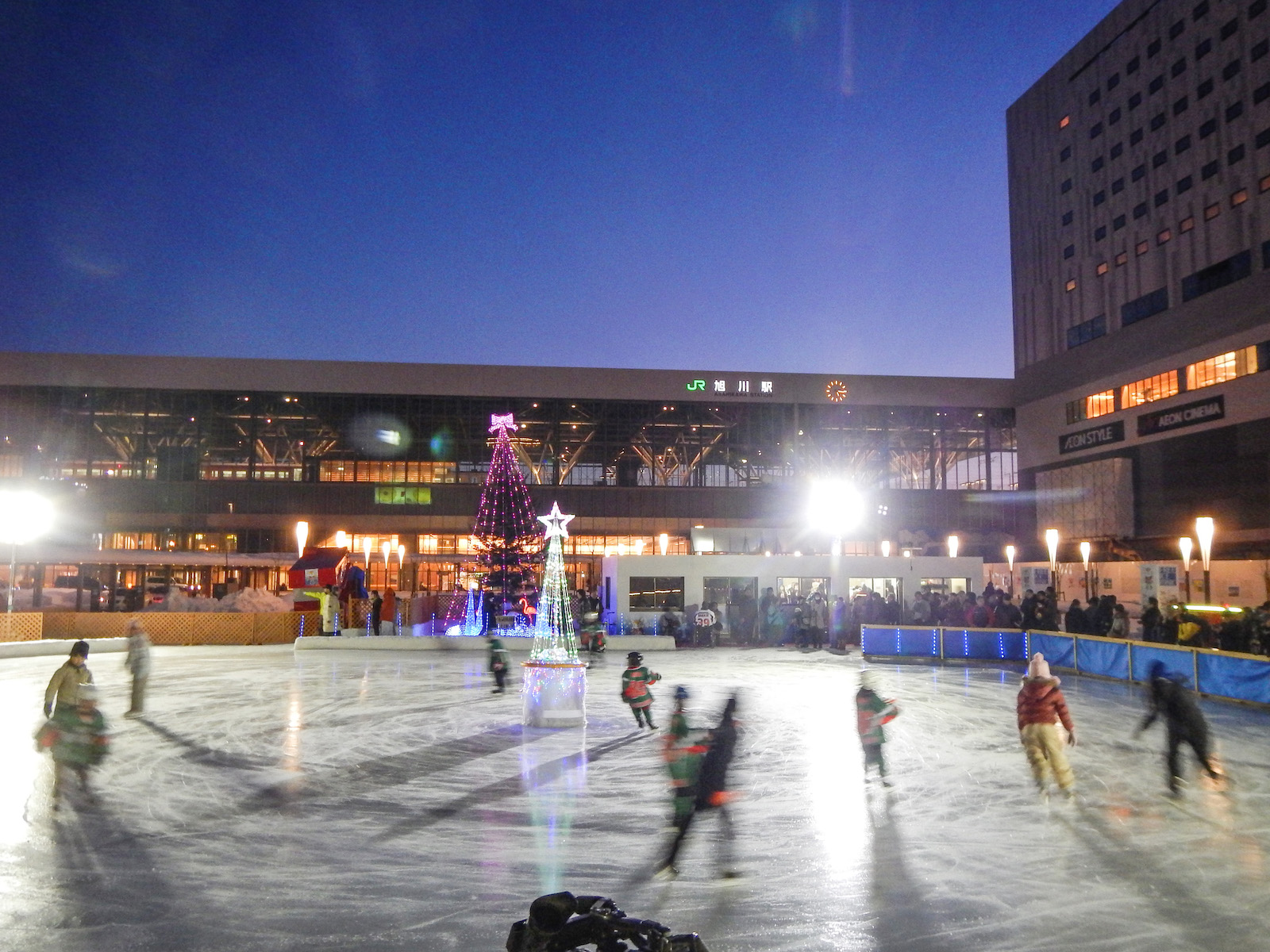
Sanroku-gai
This is Hokkaido’s second largest entertainment district. In addition to being located in 3-jo Dori 6-chome, this popular local spot gets its name from “Sanroku” which is the Japanese word for foothills of a mountain (Daisetsuzan Volcanic Group, in particular). The area is home to over 1,000 eateries, plenty of which have a wonderfully retro atmosphere. It is also known as a cocktail town thanks to the plethora of highly skilled bartenders that work here. Located in the downtown area next to many of the city’s hotels, this is the perfect spot to stroll around town searching for some delicious food. Shinkoyaki is a local food beloved by the general public of Asahikawa. This simple, yet luxurious dish consists of a roasted half broiler chicken including the wings.
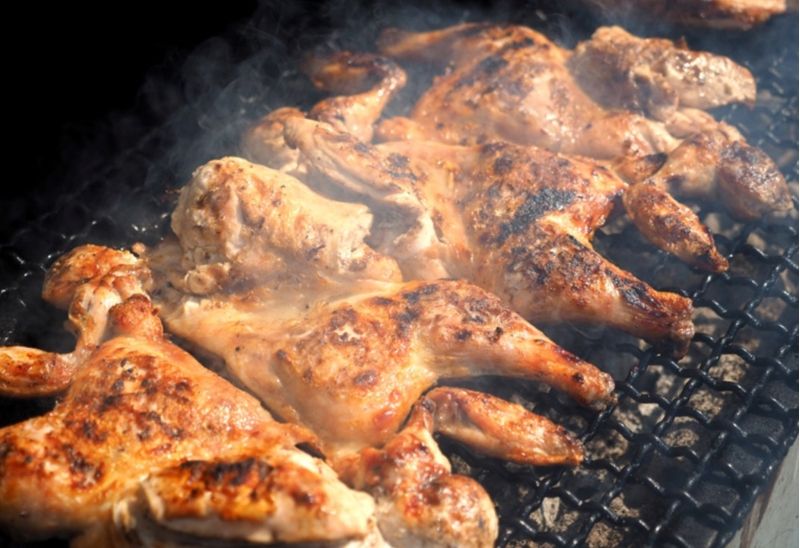
Japanese sake
Blessed with a superb climate, Asahikawa is one of the leading sake brewing areas in Hokkaido, crafting such high-quality sake that it is known as the Nada of the North (Nada being a major sake production area in Kobe). Using Hokkaido-grown sake brewing rice varieties such as Ginpu and Suisei, sake here is lovingly crafted so that one can practically taste the nature of Hokkaido. Water and temperature control are vital aspects in brewing sake, and the region’s wealth of water resources, such as subsoil water from the Daisetsusan Volcanic Group, are used for slow fermentation during the cold winter months, resulting in delicate, high-quality brews.
